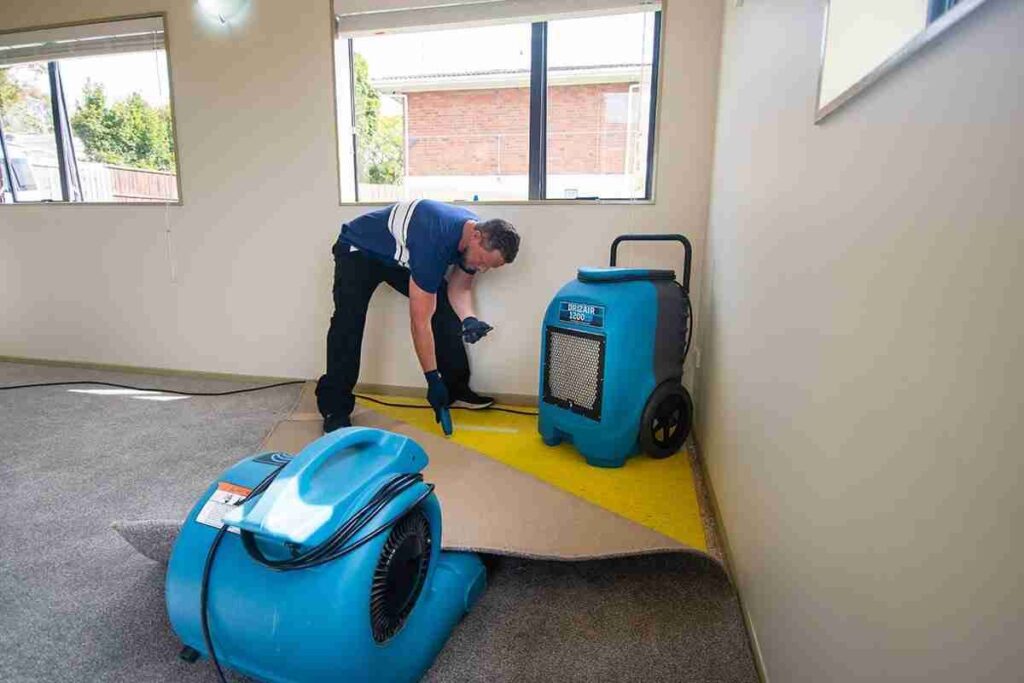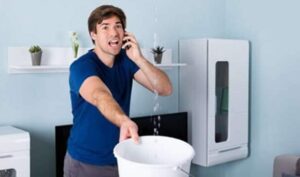Fast and Effective Flood Restoration Solutions

Floods can strike unexpectedly, leaving homeowners and businesses grappling with water damage and its aftermath. Swift action is key to minimizing damage and preventing long-term issues. This guide explores fast and effective flood restoration solutions to help you navigate the challenging process of recovering from flood damage.
Understanding the Impact of Flooding
Before diving into restoration solutions, it’s essential to grasp the extent of flood damage:
- Structural damage to buildings
- Destruction of personal belongings
- Electrical system hazards
- Mold and mildew growth
- Contamination from sewage or chemicals
Immediate Steps After a Flood
When facing flood damage, time is of the essence. Take these immediate steps:
- Ensure personal safety first
- Document the damage for insurance purposes
- Remove standing water as quickly as possible
- Start the drying process to prevent mold growth
Professional Flood Restoration Services
While some minor flooding can be handled DIY, significant water damage often requires professional intervention. Flood restoration Kansas City experts, for example, offer specialized services such as:
a) Water extraction and pumping
b) Structural drying
c) Mold remediation
d) Decontamination and sanitization
e) Odor removal
Advanced Water Extraction Techniques
Modern flood restoration employs advanced techniques for efficient water removal:
- Truck-mounted extraction units
- Portable submersible pumps
- High-volume air movers
- Dehumidifiers for moisture control
These tools can significantly speed up the water removal process.
The Importance of Proper Drying
After water extraction, thorough drying is critical to prevent secondary damage:
- Use industrial-grade air movers to circulate air
- Deploy dehumidifiers to remove moisture from the air
- Monitor moisture levels in walls, floors, and ceilings
- Continue drying until all affected areas reach the appropriate moisture content
Dealing with Contamination
Floodwaters often carry contaminants. Effective restoration includes:
- Identifying the category of water contamination
- Removing porous materials that can’t be sanitized
- Using appropriate cleaning agents for different surfaces
- Applying antimicrobial treatments to prevent mold growth
Mold Prevention and Remediation
Mold can start growing within 24-48 hours after flooding. To combat this:
- Act quickly to dry affected areas
- Use HEPA air filtration devices to capture mold spores
- Apply mold inhibitors to susceptible surfaces
- Conduct thorough inspections for hidden mold growth
Restoring Personal Belongings
Salvaging personal items requires specialized techniques:
a) Document drying and restoration
b) Electronics cleaning and decontamination
c) Furniture restoration and refinishing
d) Textile cleaning and deodorization
Structural Repairs and Reconstruction
Once the space is dry and clean, structural repairs may be necessary:
- Replacing damaged drywall and insulation
- Repairing or replacing flooring
- Addressing any foundation issues
- Restoring electrical and plumbing systems
The Role of Technology in Flood Restoration
Modern flood restoration Kansas City services often utilize advanced technology:
- Thermal imaging cameras to detect hidden moisture
- Moisture meters for accurate readings in various materials
- 3D room mapping for precise documentation and planning
- Data loggers to track drying progress over time
Preventing Future Flood Damage
While recovering from flood damage, consider preventive measures:
- Install backflow valves on sewer and septic tank lines
- Elevate electrical systems and appliances
- Apply waterproof sealants to walls and foundations
- Improve drainage around your property
Working with Insurance Companies
Navigating insurance claims can be challenging. Tips for a smooth process:
- Document all damage thoroughly with photos and videos
- Keep receipts for all flood-related expenses
- Communicate regularly with your insurance adjuster
- Consider hiring a public adjuster for complex claims
The Emotional Toll of Flood Damage
Don’t underestimate the emotional impact of flooding. Consider:
- Seeking support from friends, family, or professionals
- Joining community support groups for flood victims
- Focusing on the progress made during the restoration
- Celebrating small victories in the recovery process
Long-Term Considerations
After immediate restoration, keep these long-term factors in mind:
a) Monitor for any delayed effects of water damage
b) Conduct regular inspections for mold or structural issues
c) Update your disaster preparedness plan
d) Consider flood insurance if you don’t already have it
Choosing the Right Restoration Service
When selecting a flood restoration service, look for:
- 24/7 emergency response capabilities
- Certification and proper licensing
- Experience with similar flood damage scenarios
- Clear communication and transparent pricing
- Positive reviews and testimonials from past clients
Flood damage can be devastating, but with fast action and effective restoration solutions, recovery is possible. Whether you’re dealing with a minor leak or major flooding, understanding the restoration process and knowing when to call in professionals can make a significant difference in the outcome. Remember, the key to successful flood restoration is quick response, thorough drying, and addressing all aspects of water damage, from structural issues to personal belongings. By following these guidelines and working with experienced restoration professionals, you can navigate the challenging process of flood recovery and return your home or business to its pre-flood condition as quickly and efficiently as possible.





